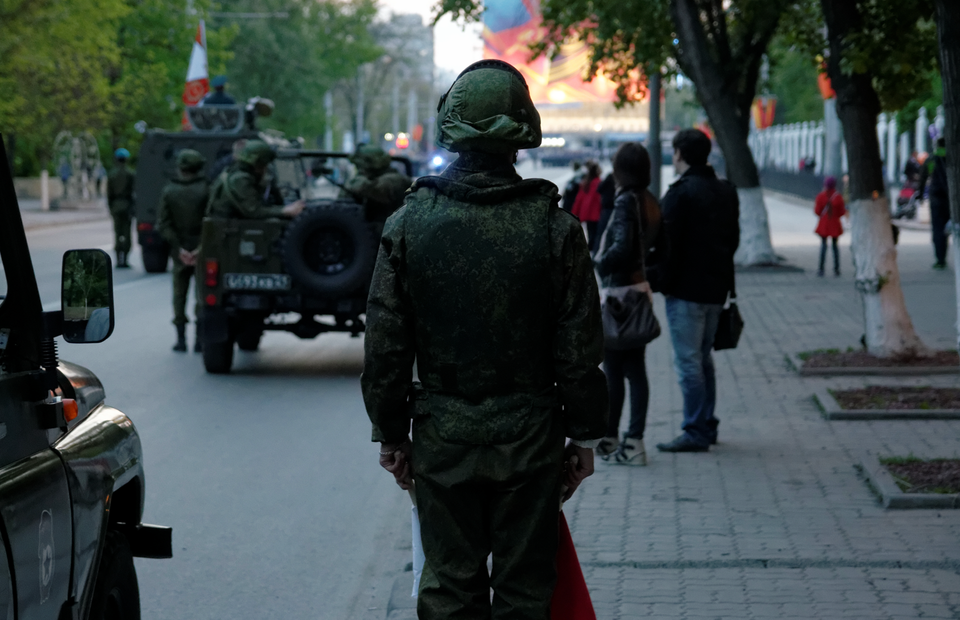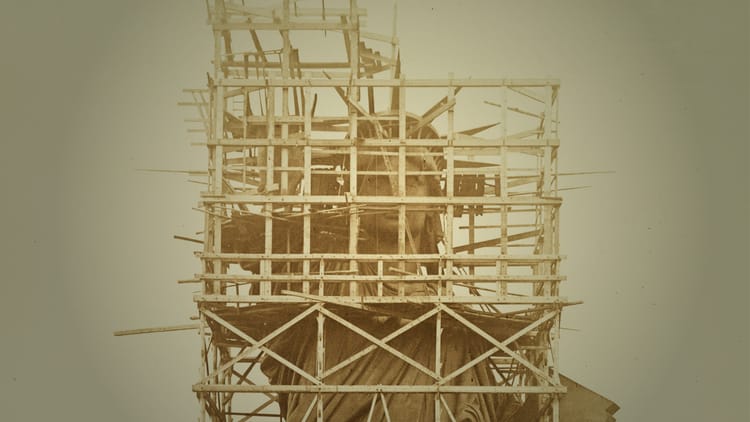War games

Russia has sent nearly 100,000 soldiers to its frontier with Ukraine, prompting fears of war and rebukes from the U.S., the U.K., and the European Union. Russian President Vladimir Putin says such fears are “alarmist,” and Russian officials say Moscow has no intention of invading the Ukrainian region of Donbass, where Russian-backed separatists control a small enclave and have clashed regularly with the Ukrainian military since 2014. The latest confrontation apparently began in late October, when Ukrainian forces retaliated with a drone strike to artillery shelling by the separatists. But the Russian army reacted differently to this episode, bringing in armored vehicles and units usually stationed far from the area and repositioning troops at night, unlike previous public displays of strength. The situation recalls Russia’s 2014 invasion and annexation of the Ukrainian peninsula of Crimea in the Black Sea, where Russia keeps a major naval base at Sevastopol. What’s behind the Russian military buildup this time?
Anatol Lieven is the Quincy Institute for Responsible Statecraft’s senior research fellow on Russia and Europe
Anatol Lieven is the senior research fellow on Russia and Europe at the Quincy Institute for Responsible Statecraft in Washington, D.C., and the author of Ukraine and Russia: A Fraternal Rivalry. Lieven says Ukraine simply means more to Russia than any other neighboring country—because of historical and cultural bonds, but also because so many Russians have Ukrainian ancestors or relatives. The prospects for war are uncertain, Lieven says, though Moscow would intervene to protect the separatists if Ukraine enters the breakaway enclave in Donbass. The key to understanding Vladimir Putin, in Lieven’s view, is that he’s utterly transactional. As Lieven sees it, Putin is maneuvering Russia’s armed forces to use as leverage for deals he hopes to cut with the United States and European countries …
Michael Bluhm: What is Putin’s strategy here?
Anatol Lieven: We can’t be sure that he is massing troops near the Ukraine border in a force strong enough to launch a new invasion. U.S. intelligence has proved exaggerated and false in the past. But the Russian government has made very clear that, if Ukraine tries to reconquer the separatist area of eastern Ukraine by force, Russia will fight. Russia will send in the army to defend them. That’s been clear for years.





